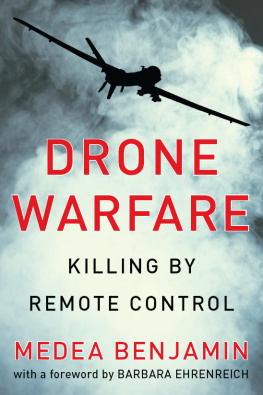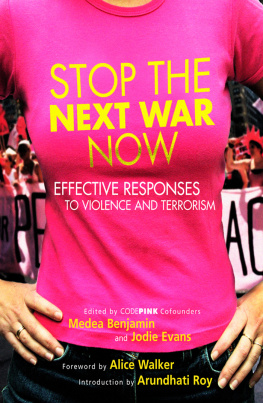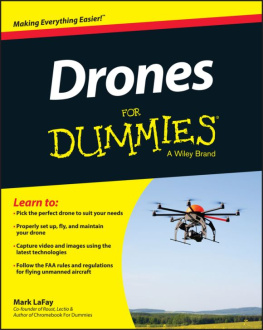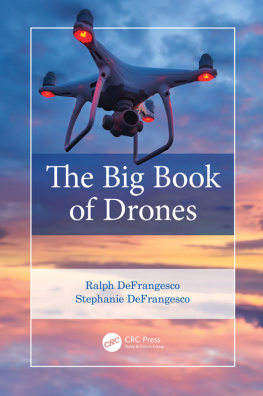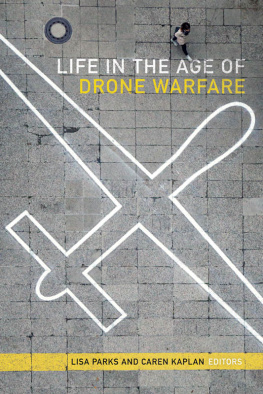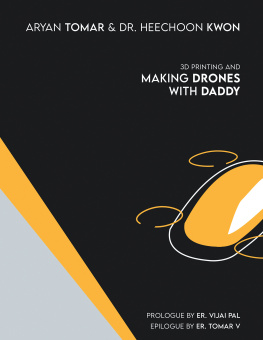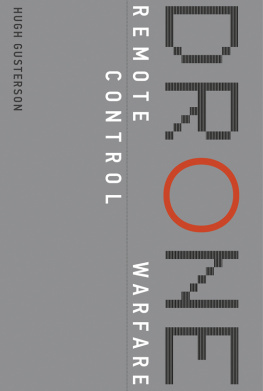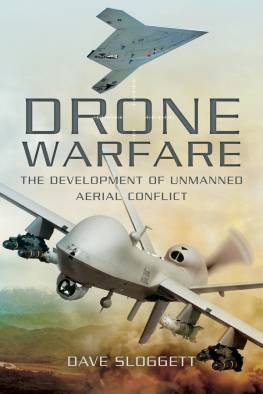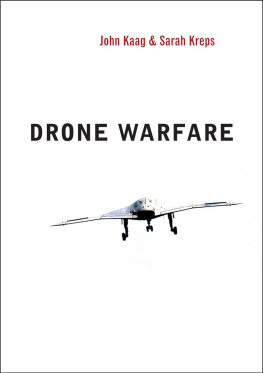

2012 Medea Benjamin
Published by OR Books, New York and London
Visit our website at www.orbooks.com
First printing 2012
All rights reserved. No part of this book may be reproduced or transmitted in any form or by any means, electronic or mechanical, including photocopy, recording, or any information storage retrieval system, without permission in writing from the publisher, except brief passages for review purposes.
Cataloging-in-Publication data is available from the Library of Congress. A catalog record for this book is available from the British Library.
ISBN 978-1-935928-81-2 paperback
ISBN 978-1-935928-82-9 e-book
Typeset by Lapiz Digital Technologies, Chennai, India.
Printed by BookMobile in the US and CPI Books Ltd in the UK.
The US printed edition of this book comes on Forest Stewardship
Council-certied, 30% recycled paper. The printer, BookMobile, is 100% wind-powered.
Foreword
In many ways, drones present the same moral issues as any other action-at-a-distance weapon: They allow warriors to kill at a minimal risk to themselves, thus lowering the human cost of aggression. Thus the ancient contempt for archers, as recounted in The Iliad , where the Greek chieftains deride the Trojan prince Paris for his reliance on the bow and arrow. Real men are not afraid of hand-to-hand combat; only cowards attack from a distance, often hiding behind trees or rocks.
Drones are of course the ultimate action-at-a-distance weapons, allowing the aggressor to destroy targets in Pakistan or Afghanistan while hiding thousands of miles away in Nevada. But this alone does not make them uniquely pernicious: Missiles and aerial bombardment can also be launched from great distances by individuals who need not see the extent of the violence they inflict. If we are to end war, we need to take aim at all the weaponry that makes it possible and even invitingguns, artillery, fighter planes and bombsand at the industries that manufacture them.
But in this remarkably cogent and carefully researched book, Medea Benjamin makes it clear that drones are not just another example of high-tech military trinket. In fact, it is hard to even claim that their primary use is military in any traditional sense. Drones have made possible a program of targeted assassinations that are justified by the US war on terror, but otherwise in defiance of both international and US law. As Benjamin documents, it is the CIA, not the Pentagon, that operates most drone strikes in Western Asia, with no accountability whatsoever. Designated targets, including American citizens, have been condemned without evidence or trialat the will, apparently, of the White House. And those who operate the drones do so with complete impunity for the deaths of any civilians who end up as collateral damage.
One of Benjamins most disturbing revelations has to do with the explosive expansion of the drone industry in just the last few years, to the point where fifty nations now possess the devices. Drone Warfare sketches out the nightmare possibilities posed by this insane proliferation. Not only can we can expect drones to fall into the hands of rogue nations or terrorist groups; we should brace ourselves, too, for the domestic use of surveillance drones and even armed drones at the Mexican border and possibly against American civilian protestors.
In anyone elses hands, this could be a deeply depressing book. Fortunately though, Medea Benjamin is not just an ace reporter; shes one of the worlds leading anti-war activists. Drone Warfare ends with the story of the global anti-drone movement, in which she has played a central role. At the end of this book, youll be inspiredand youll know exactly how to get involved!
Barbara Ehrenreich
Alexandria, VA, January 2012
Introduction
I met Roya on my first day while visiting the Pakistan-Afghan border, on a dusty road in Peshawar. It was just weeks after the 2002 US invasion of Afghanistan, and I was traveling as a representative of the human rights group I co-founded called Global Exchange. A young girl approached me, her head cocked to one side, her hand outstretched, begging for money.
With the help of an interpreter, I learned her story. Roya was thirteen years old, the same age as my youngest daughter. But her life could not have been in starker contrast to that of my San Francisco high schooler and her girlfriends. Roya never had time for sports, or for school. Born into a poor family living on the outskirts of Kabul, her father was a street vendor. Her mother raised five children and baked sweets for him to sell.
One day while her father was out selling candies, Roya and her two sisters were trudging home carrying buckets of water. Suddenly, they heard a terrifying whir and then there was an explosion: something terrible had dropped from the sky, tearing their house apart and sending the body parts of their mother and two brothers flying through the air.
The Americans must have thought Royas home was part of a nearby Taliban housing compound. In the cold vernacular of military-speak, her family had become collateral damage in Americas war on terror.
When Royas father came home, he carefully collected all the bits and pieces of his pulverized family that he could find, buried them immediately according to Islamic tradition, and then sank into a severe state of shock.
Roya became the head of her household. She bundled up her surviving sisters, grabbed her father, and fled. With no money or provisions, they trekked through the Hindu Kush, across the Khyber Pass, and into Pakistan.
Once in Peshawar, the family barely survived on the one dollar a day the girls made from begging. Roya took me to their one-room adobe hut to meet her father. A tall, strong man with the calloused hands of a hard worker, he no longer works. He doesnt even walk or talk. He just sits and stares into space. Once in a while he smiles, Roya whispered.
Inside Afghanistan, I saw more lives destroyed by US bombs. Some bombs hit the right target but caused horrific collateral damage. Some bombs hit the wrong target because of human error, machine malfunction or faulty information. In one village, the Americans thought a wedding party was a Taliban gathering. One minute, forty-three relatives were joyously celebrating; the next minute, their appendages were hanging off the limbs of trees.
Forty villagers were killed in another small town in the middle of the night. Their crime? They lived near the caves of Tora Bora, where Osama bin Laden was presumed to be hiding. The US news media reported the dead as Taliban militants. But the woman I metwho had just lost her husband and four children, as well as both her legshad never heard of Al Qaeda, America or George Bush. Bleeding profusely, she was praying that she would die. Surviving as a crippled widow with no income and no family was too much to bear.
Unknown to most Americans, in just three months between October 7, 2001 and January 1, 2002, over 1,000 Afghan civilians were directly killed by the US-led bombing campaign and at least 3,200 more had died of starvation, exposure, associated illnesses, or injury sustained while in flight from war zones, according to the Project on Defense Alternatives. This is more than the number of people killed in the 9/11 attacks.
President Bush had choices after the dreadful events of 9/11/2001. He could have treated the attacks as a crime against humanity that required internationally coordinated police work to capture the perpetrators and bring them to justice. Instead he chose ground invasions by heavily armed troops and aerial attacks that sent thousands of bombs and missiles screeching through the skies.
Next page
